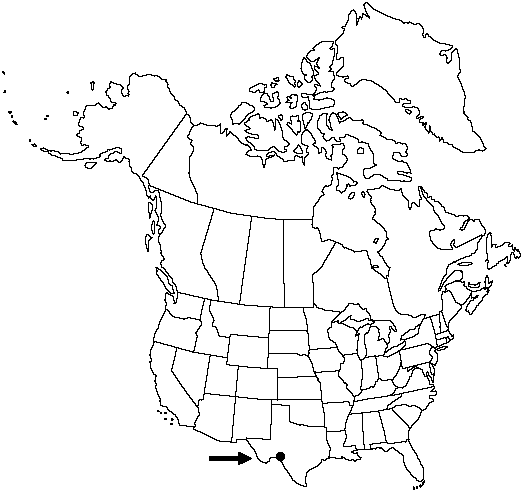Dennstaedtia globulifera
Bot. Jahrb. Syst. 34: 455. 1904.
Stems long-creeping, 3–10 mm diam. Leaves clustered to well separated to distant, erect or arching, 2–3 × (1–)2(–3) m. Petiole yellowish to brown throughout, lustrous, ca. 1/3 length of blade, sparsely pubescent with soft, jointed hairs. Blade green, dull, ovate to deltate, 3(–4)-pinnate, nearly as wide as long, base truncate, apex acute, with reddish jointed hairs on veins abaxially, glabrous adaxially. Basal segments of pinnules alternate; ultimate segments ovate to elliptic, base ± equilateral, margins lobed ca. 1/2 distance to midrib. Sori globose; indusia globose. Spores trilete, strongly 3-lobed, surface coarsely verrucose. 2n = ca. 94.
Phenology: Sporulates summer.
Habitat: Moist caves or sinks
Elevation: 300–500 m
Distribution

Tex., Mexico, West Indies, Central America, South America.
Discussion
The tropical Dennstaedtia globulifera and D. bipinnata are among the largest ferns in the flora. In the flora Dennstaedtia globulifera is found only in Val Verde County, Texas.
Selected References
None.